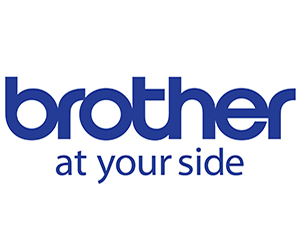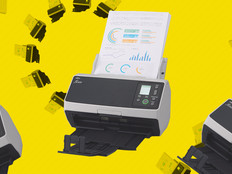Focus on 4 Key Areas to Achieve a Paperless System
NARA doesn’t tell agencies exactly how to set up their operations, or which tools to buy that best comply with directives, but does regularly supply agencies with training, support and increased oversight to help agencies move forward. In addition, the organization offers guidance, including NARA’s success criteria for managing permanent electronic records.
“Our success criteria communicate NARA’s thinking about how to meet the directive targets,” says Haralampus. “Unlike most policy, this guidance is very operationally focused and talks about the things agencies should consider.”
Transitioning to an entirely paperless system can be daunting. According to Brewer, agencies need to focus on four key areas:
- Ensuring electronic record policies are in place
- Establishing systems to support ongoing management and preservation of electronic records
- Providing access to those records over time
- Creating the capability to handle the disposition of those records, whether they’re for disposal or for direct transfer to the National Archives
“We have big goals, but that also means big challenges and big opportunities,” says Brewer. “We have records management SAOs who are senior people in agencies who can get the resources to make change happen. However, a lot of agencies need the staff — not just numbers of staff, but the right staff members.”
Staff members who know how to manage paper records aren’t necessarily the right candidates to manage the technology requirements for e-records management. But that demand for a new skill set also will provide new opportunities for workforce development in government agencies.
“We’re looking for people we can train or who have a real focus on electronics management as a key competency,” says Brewer. “It’s all evolving. Since 2012, we’ve been building step by step, and we’ll keep making progress.”












